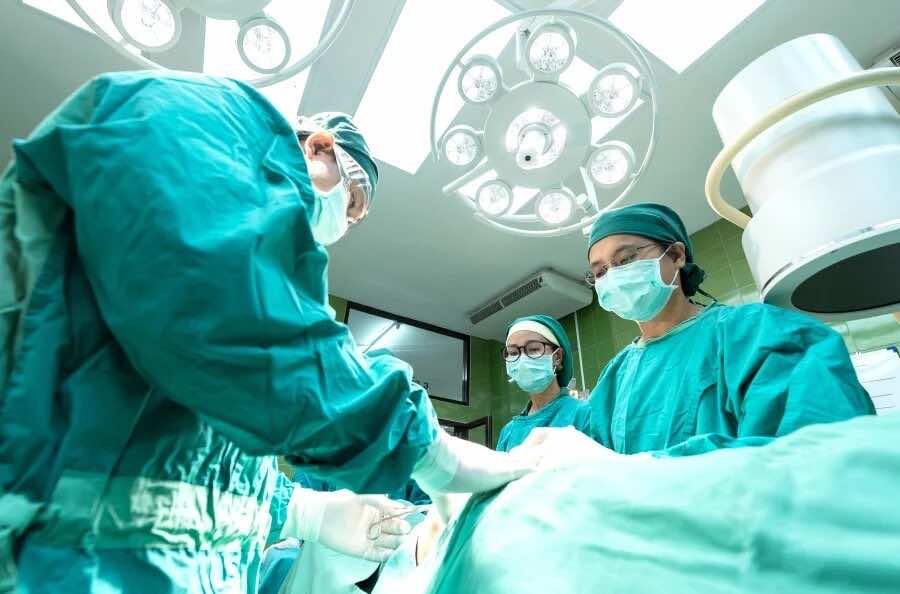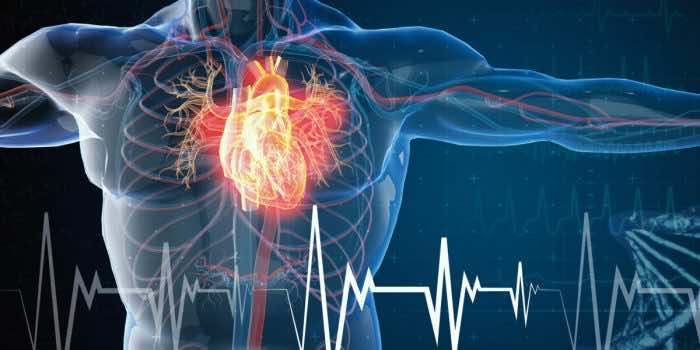Recovering from a heart attack in time is pretty hard unless you get medical aid in time or there is someone near you to administer first aid. In a recent study published in the journal Circulation, a research team from the University of Wisconsin-Madison has developed a new way to help with restoring cardiac function.
The approach works by regenerating heart muscle using a metabolic switch. The switch is used to temporarily block a key metabolic enzyme after a heart attack takes place. This blocking could help a patient to restore their cardiac function by regenerating heart muscle.
According to Ahmed Mahmoud, professor of cell and regenerative biology in the School of Medicine and Public Health, “Our goal was to gain new understanding of how the heart can heal itself following an injury at the molecular and cellular level and see if there was a way to restore cardiac function to an earlier state.”
Ahmed further explained how they started their research by saying that “We know that a metabolic switch occurs in the heart following birth, which contributes to the loss of capacity for cardiac regeneration. But we didn’t know which mechanisms regulate that metabolic switch. So that’s where we started our research”.
The metabolic switch in question involves a change in the way cells produce energy. The transition from glycolysis to oxidative phosphorylation. In the start, the team focused on two compounds succinate and succinate dehydrogenase respectively. Both could cause harmful effects when a heart attack took place. With succinate producing reactive oxygen species that damaged the heart and succinate dehydrogenase which promoted the accumulation of succinate.

Blocking both these compounds could help in heart regeneration. Mahmoud’s team investigated both these issues while experimenting on young mice. After a lot of trial and error, they finally found a path forward and developed a way to that promoted the production of new heart cells, that helped bring new blood vessels into the region damaged by the infarction.
The solution lay in a metabolite called malonate.
According to Mahmoud, “Both vascular and myocardial damage arise from acute cardiovascular events such as myocardial infarction. The limited capacity of the adult heart to repair itself represents a major barrier in cardiovascular medicine and often leads to heart failure. Our research shows that it may be possible to improve the function of the heart muscle after infarction, which is good news for people who have systolic heart failure”.
Mahmoud concluded by saying that “Understanding the effect of malonate on the heart as well as other issues will be an essential step prior to translating our findings to the clinic for treatment of heart failure”.
These findings could help a lot of people facing heart attacks and bring medical science to another level. Though right now they have only tested their findings on mice, in the future they hope to test larger animals and study the effects of malonate.


